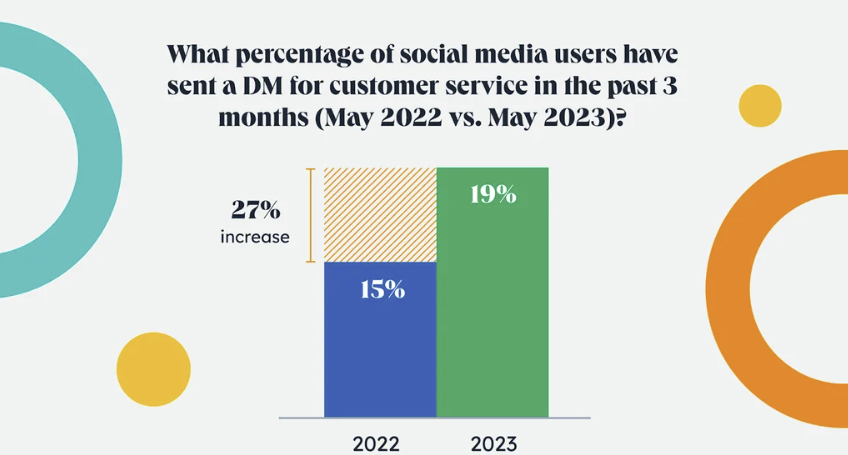

Discover how omnichannel analytics can transform your customer experience by integrating data from all touchpoints.


understanding your customers’ journey across multiple channels is crucial. But how do you gain these insights and use them effectively? Enter omnichannel analytics. This powerful approach allows you to integrate data from various touchpoints to create a seamless, data-driven customer experience. Let’s dive into what omnichannel analytics is, why it matters, and how you can harness it to elevate your business.
Omnichannel analytics refers to the process of collecting, integrating, and analyzing data from all customer interactions across multiple channels. This includes your website, mobile app, social media, physical stores, and more. The goal is to gain a holistic view of the customer journey, enabling you to understand their behavior, preferences, and needs.
Imagine a customer browsing your online store, checking product reviews on social media, and finally making a purchase in your physical store. Omnichannel analytics helps you track and analyze these interactions, providing valuable insights into how customers engage with your brand across different channels.
Omnichannel ensures that you have a seamless experience, no matter how you interact with a brand. This consistency builds trust and loyalty.
When you receive a smooth and integrated experience, you’re more likely to return. A study by Harvard Business Review found that customers who used multiple channels spent 10% more than those who used only one.
Customers crave convenience. Offering multiple ways to connect with your business – whether it’s through phone, email, live chat, or social media – shows you value their time and preferences. Similarly, the ability to purchase your product across various platforms, from your website to physical stores, enhances the overall customer experience.


By integrating channels, businesses gather comprehensive data on customer behavior. This data is invaluable for personalizing marketing efforts and improving products and services.
To successfully create an omnichannel experience, focus on the following components:
Understand your needs and preferences. Businesses should create customer personas and map out journeys to identify key touchpoints.
Ensure all communication channels—website, mobile app, social media, physical stores, and customer service—are interconnected. Use technology to integrate these platforms and create a unified experience.
Maintain a consistent brand voice and message across all channels. This helps in reinforcing brand identity and making communication more effective.
Leverage data analytics to gain insights into your behavior. Use this data to refine strategies and provide personalized experiences.
To truly understand the impact of your omnichannel strategy, you need to track the right metrics. Here are some key metrics to consider:
Implementing omnichannel analytics can be complex. Here are some common challenges and solutions:
73% of consumers use multiple channels during their customer journey.
There’s nothing worse than arriving at a restaurant, hungry and excited, only to find your order hasn’t been started. Chipotle has mastered the art of avoiding this frustrating experience. Their mobile app and online ordering system let you place your order in advance, ensuring it’s ready when you are. It’s convenience redefined. Plus, saving your favorite orders for next time? Genius! Chipotle truly understands the importance of a seamless customer journey.
Omnichannel analytics is the key to unlocking the full potential of your customer relationships. By understanding your customers’ behavior across all touchpoints, you can deliver exceptional experiences, increase customer loyalty, and drive business growth.
Are you ready to embark on your omnichannel analytics journey? Let’s discuss your specific needs and goals.
Don’t forget to share this post






Don’t Let Your Competitors Understand Your Customers Better Than You
Don’t miss out. Try our 30-day Free Professional Trial.

